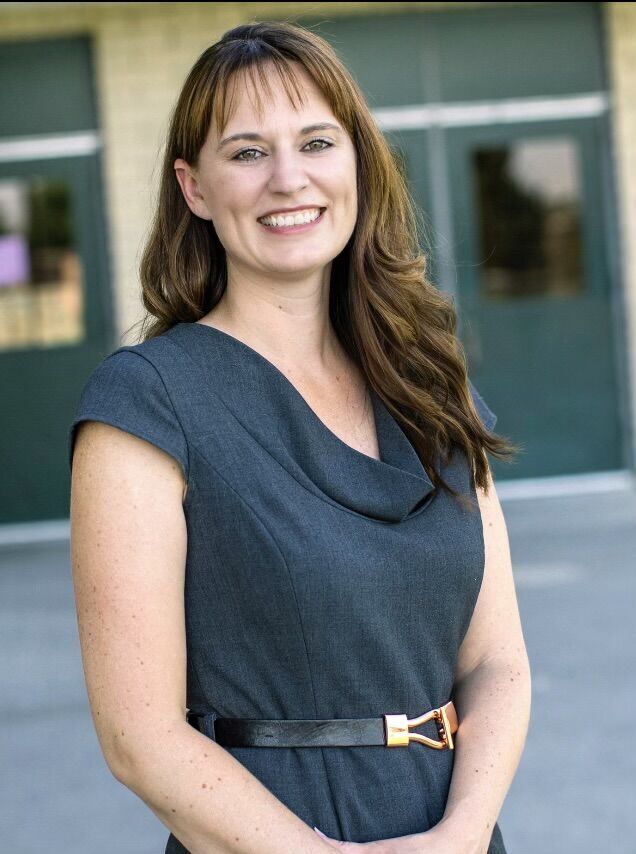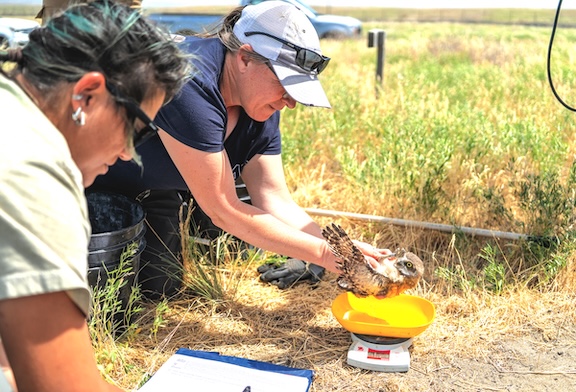Oregon students still struggling post-pandemic, report shows
Published 7:00 am Tuesday, November 14, 2023

- Sipe
PENDLETON — Eastern Oregon school districts saw mixed trends in the 2022-23 school year compared with statewide data.
Trending
The Oregon Department of Education released its summarized data for schools and districts on Oct. 26, in reports called “At-a-Glance Profiles.”
Across the state, students are going to school less often. Regular attendance at school is defined as attending more than 90% of the days, generally meaning students miss fewer than 16 or so days during the year.
This number decreased 2% to 61.9% in 2022-23 compared with 2021-22, translating to about 1,400 more students not being regular attenders.
Trending
“Rates of regular attendance remain significantly below pre-pandemic levels,” the department wrote in a press release about the statewide data. “We know that students aren’t benefiting from instruction when they are not in the classroom, so this is a serious concern for Oregon’s educators.”
Ninth graders on track
Superintendents in Eastern Oregon echoed the department.
“If we can get good attendance, from great attendance comes reading, comes math, comes problem solving, comes a better human,” La Grande School District Superintendent George Mendoza said. “To me, that’s one of the foundational things.”
However, not all the state’s information is grim. More ninth graders are on track to graduate this year than last — 0.8% more, to be exact.
For a ninth grade student to be on track, they must have completed at least 25% of their required graduation credits by the end of the year. The number now sits at 83.6%, which is close to pre-pandemic levels.
This metric matters “because it is the best predictor that we have of on-time graduation,” wrote representatives for the Oregon Department of Education in an email.
In fact, students failing one or two classes in ninth grade are at a high risk of never graduating, according to research published by the University of Chicago in 2014. The research also shows that how well students do in ninth grade is a better predictor for their eventual graduation than either demographic details or eighth grade test scores.
“If we can keep students on track at the ninth grade level, then it’s more likely that they’ll graduate,” Grant School District Superintendent Mark Witty said. “I think it tells you a little bit more about how your system’s doing as a whole.”
So the statewide increase in on-track freshmen from 2021-22 to 2022-23 is significant to the Department of Education because there are about 700 more 10th graders headed toward an on-time graduation than there were last year.
But looking at the state as a whole doesn’t offer a sense of how Eastern Oregon districts compare.
Five of eight major districts in Eastern Oregon — Enterprise, La Grande, John Day, Umatilla and Morrow — are above the state average, 83.6%, in terms of its ninth graders being on track. The three lower ones — Baker, Hermiston and Pendleton — are all at least 4% below the average.
The Baker and Hermiston school districts saw a decrease in on-track ninth graders, opposing the state’s upward trend.
Work to do
Additionally, school districts in the region are struggling with regular attendance, with seven at 70% or less. Still, though, many do have higher percentages than the state’s 61.9%. The highest percentage of regular attenders, 81%, is in Baker School District.
Some school districts, like Witty’s in Grant County, have smaller enrollments, so a 2% drop in regular attendance correlates to only a few students.
“We’re always paying attention to that because it’s hard to be successful if you’re not in school,” Witty said. “But in our minds, that data point is still the same because we’ve got a small enough student population that it doesn’t vary that much.”
Hermiston School District Superintendent Tricia Mooney said the district has been closely tracking regular attenders and reporting monthly to the district’s board of education.
“We have some work to do in some areas, without a doubt,” she said, “and we’re going to continue to work to increase our student academic achievement.”
Hermiston School District had 60% of its students regularly attend school last year.
The state heard from districts across Oregon that programs focused on connecting families more closely with the school seem to bolster student achievement and attendance. Other factors, like closer monitoring of student outcomes and providing more individualized support, also help.
To offer more structured support, Hermiston School District is hosting six parent seminars focused on various ways that parents can support the academic success of their students. The topics aren’t directly related to academics, Mooney said, but they are things that affect a student’s academic performance, such as building confidence and social media use.
Like many superintendents across the region, Umatilla School District Superintendent Heidi Sipe said the profiles offer just a cursory idea of how each district is doing. The profiles can give some insight, but they offer only a snapshot of a district and may miss some of the ways that a district is supporting its students holistically.
“I think that people need to have conversations with their individual schools to understand what’s happening,” Sipe said. “I don’t put a lot of weight into these (profiles) at all. I just think it’s just simply a quick, couple page report that’s trying to highlight a few key data points. Looking at the info that’s coming home, looking at how their kids are doing, they’ll have a better understanding.”









